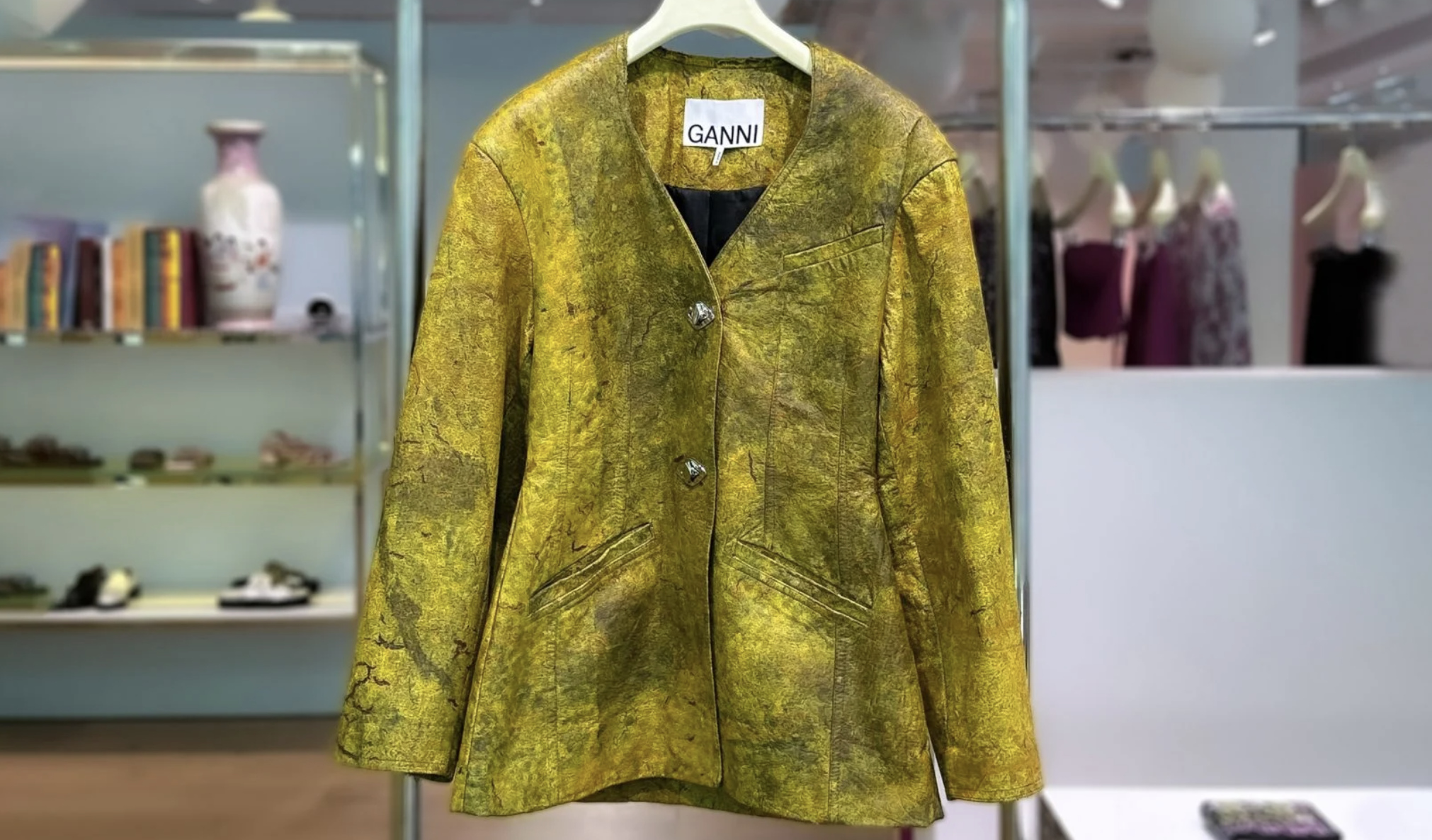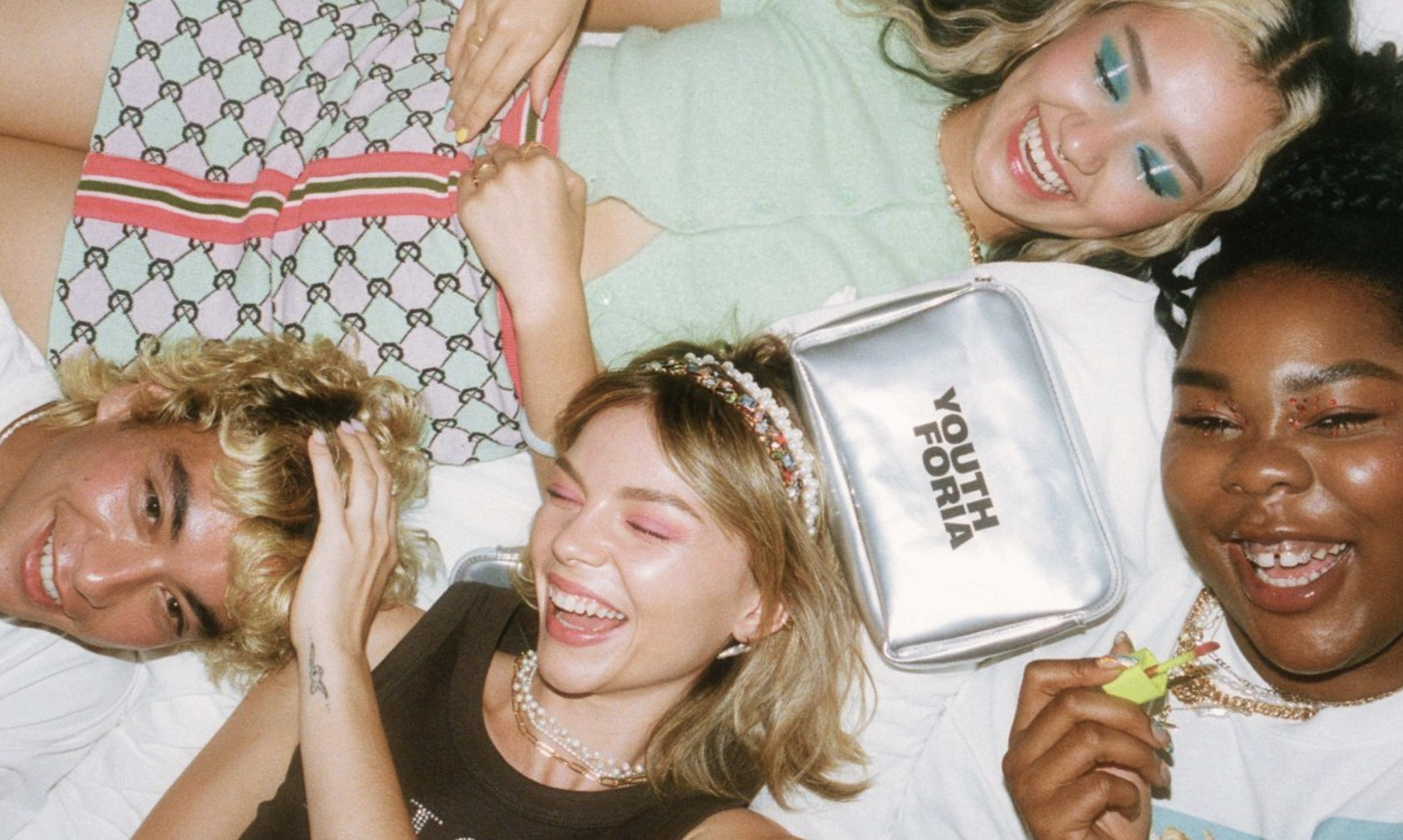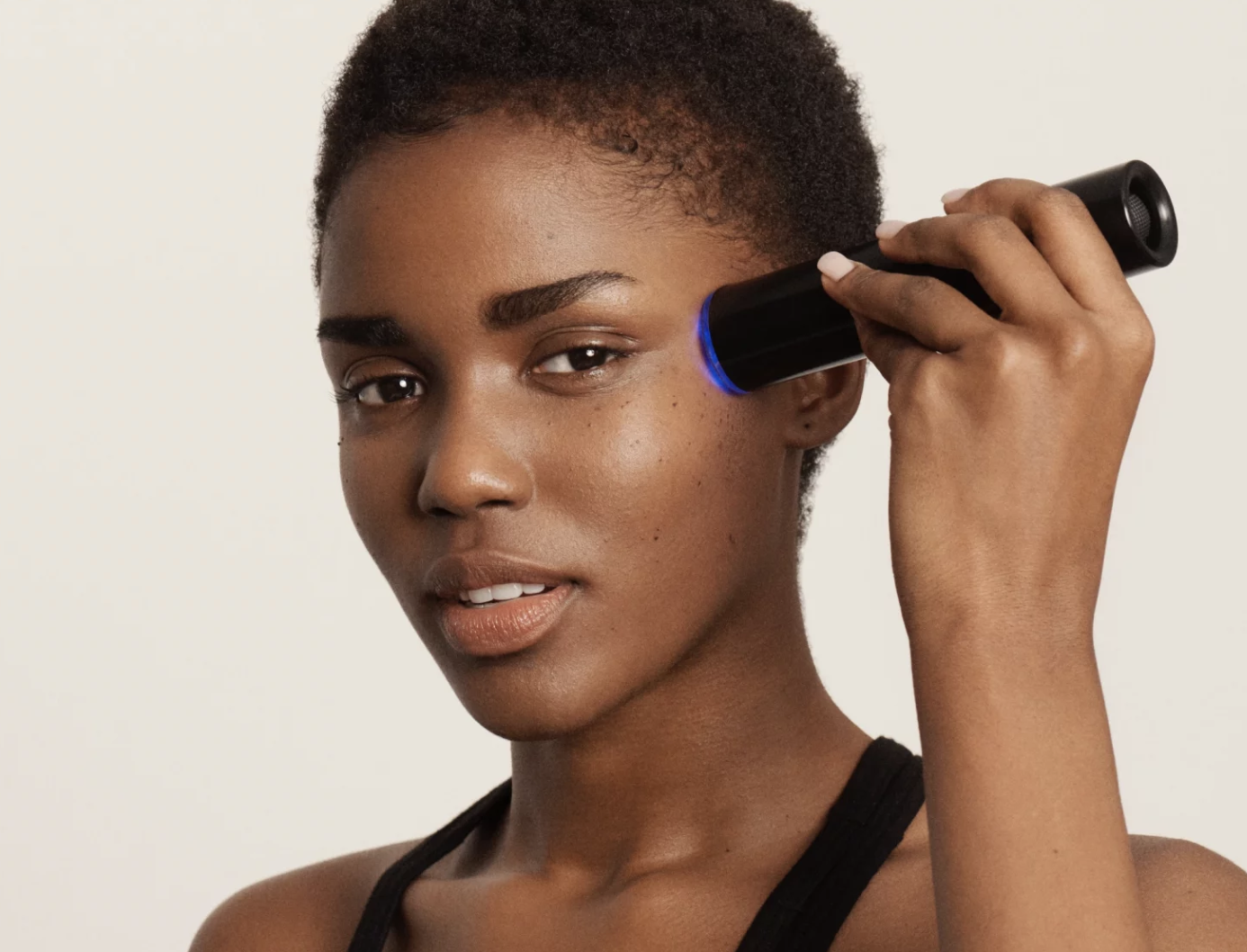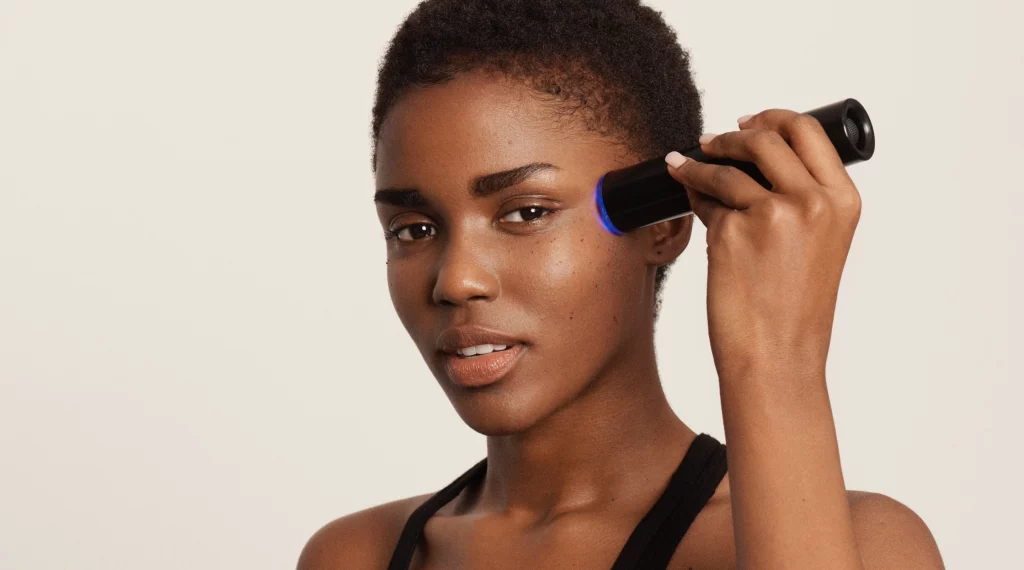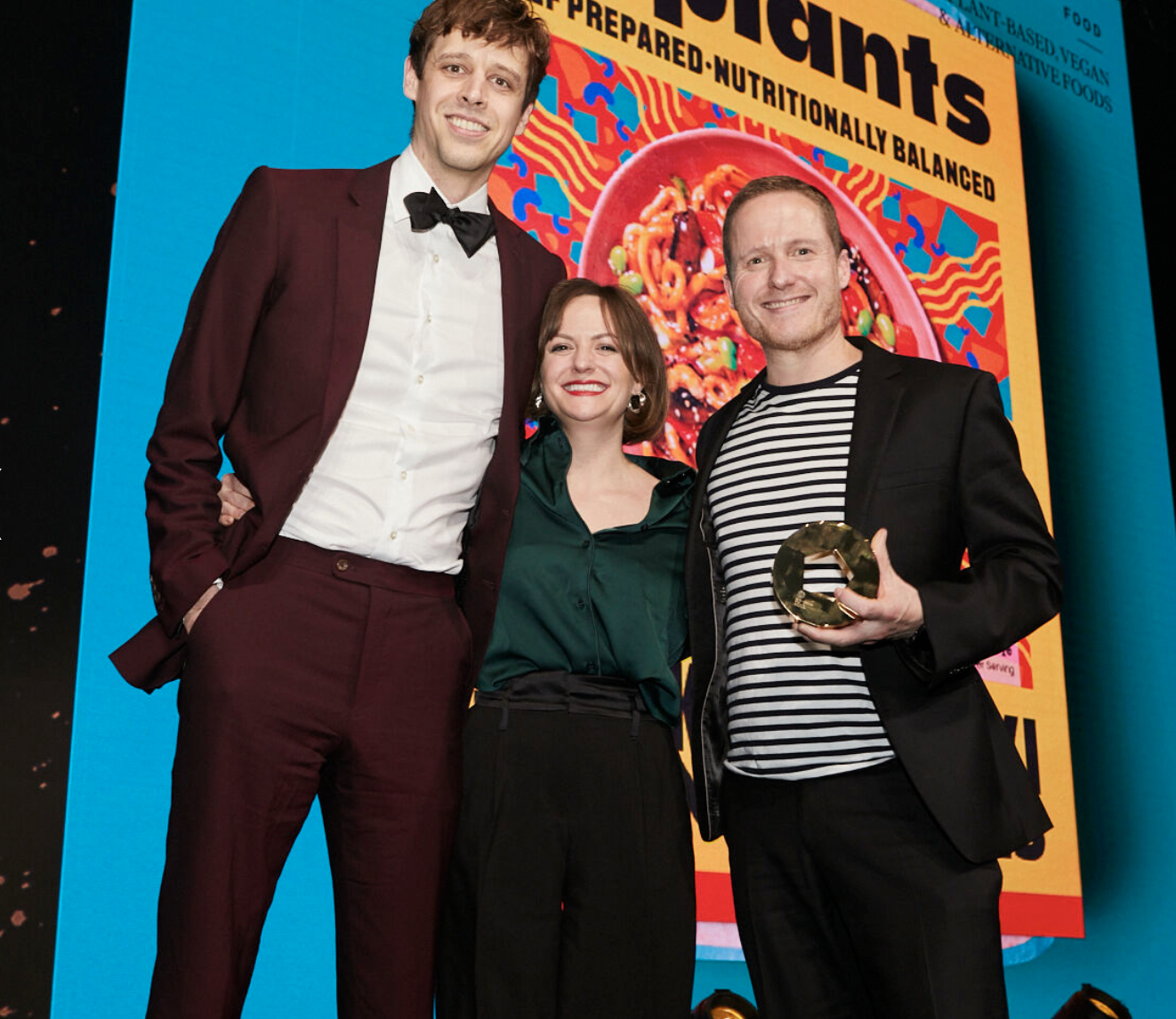Author: Suzy Shelley, Sustainability & Materials Lead at Pearlfisher London.
As designers, engineers, brand managers and consumers, we have the collective power to affect change by making better decisions – starting with materials.
Around nine years ago, I distinctly remember the first time I saw a piece of packaging that I had worked on polluting our environment; a flow-wrapped plastic sweet wrapper littering a Cornish beach. Before I was Sustainability and Materials Lead at Pearlfisher, I worked for a decade as a product and packaging designer, and seeing the immediate, tangible, and harmful imprint that my work had left on the environment was a chilling revelation. It also made me realise early on in my career that the decisions made during the design and innovation process have lasting consequences.
Research carried out by the Ellen Macarthur Foundation suggests that around 80% of environmental impacts are determined during the design phase [source]. The European Commission estimates that 50% of global greenhouse gases and 90% of biodiversity loss are caused by extracting and processing primary raw materials [source]. The influence of materiality extends beyond beach litter. Its impact permeates the entire lifespan of a product, at all stages of the supply chain, from the extraction of materials to manufacture, transport, use, end of life… and beyond.
Navigating a more sustainable materials strategy requires a careful balance of interconnected factors. There are five key considerations that can guide your approach:
Beyond carbon
It’s difficult to quantify the impact materials have; a common starting point is calculating the carbon footprint. Surprisingly, when comparing the carbon footprint of a single-use PET plastic bottle to aluminium or glass, plastic triumphs. However, this calculation doesn’t take into account challenges such as recyclability, pollution, health hazards, and plastic’s direct link to fossil fuels.
When selecting materials, it’s important not to get carbon tunnel vision. Consider wider impacts alongside CO2e throughout the entire journey of the product.
Half Magic Beauty packages single eyeshadows in PaperFoam, an innovative starch-based pulp alternative. PaperFoam not only has a lower CO2e impact than paper pulp, but it’s lighter-weight, giving advantages in shipping, is home compostable and recyclable with paper giving consumers flexibility at end of life.

Built to last
One of the most sustainable actions we can take is to use things for longer. Single-use items are designed to be made cheaply and used once before being disposed of. The more something is reused, the more its impact is diluted.
Combining durable materials with considered design and quality manufacturing creates products that foster an emotional connection with the user. This ensures items are kept and used many, many times.
Luxury beauty and fragrance are embracing timeless design through reuse and refill. In 2020 Hermes launched Rouge Hermes, a refillable lipstick with heirloom qualities. The durable outer case is crafted from lacquered, polished and brushed metal, with additional protection from a canvas pouch. More recently, Prada launched a stripped-back refill system for the Pradoxe fragrance with infinitely recyclable glass topping up a distinctive triangle-shaped bottle. Pott makes refillable candles hand thrown by skilled potters from around the UK. Each pot is unique and irreplaceable due to its handmade nature.

Recycles forever
Recycling plays an important role in the recovery of materials. However, not all materials are created equally. For example, PET can be recycled 2 to 3 times, whereas glass and aluminium can be recycled infinitely. With glass requiring more energy, aluminium is the preferred choice when it comes to recycling.
Minimising the number of materials used, using widely recycled and infinitely recyclable materials can significantly improve recovery rates.
Brands are embracing aluminium as an alternative to plastics. AKT is a deodorant balm packaged in an aluminium tube. Because of the higher temperatures used during recycling, leftover product, which would cause contamination in plastic recycling systems, is burnt away. Aluminium tubes also usually have a plastic cap, whereas the AKT tube uses aluminium for simplified recycling. Turning liquid soap on its head KanKan uses an aluminium can and reusable pump to create a category-defying, eye-catching packaging system.

Designed to disappear
Composting ranks highly in terms of eco-friendliness with consumers, but with 97% of households in the UK having no access to composting [source] and only 22% of US consumers being aware that industrial composting is needed for most packaging [source] there are barriers to overcome.
Using next-generation materials designed to “disappear” reduces the challenges consumers face when composting.
To coincide with the launch of Tread, their most sustainable sneaker to date, Everlane used Green Cell Foam, a dissolvable corn-based foam, to deliver a unique unboxing experience. GoneShells is a biodegradable material made from potato-inspired fruit peel, tailored to break down under different conditions depending on the contents of the packaging. Mujo packaging is made from kelp, a rapidly growing algae that does not compete with land for food production, bio-degrades quickly, removes CO2 from the atmosphere and cleans ocean water.

Bio-based
Pressure from consumers and government legislation to forego petroleum-based plastic has resulted in a surge of materials from renewable sources. The benefits include lower CO2 as plant-based materials sequester carbon during the growth phase. Additionally, bio-based materials are renewable and contribute to the transition away from our reliance on fossil fuels.
The most environmentally sustainable biomaterials are from a residual resource, organically grown, support regenerative practices, and are free from fossil-fuel ingredients.
From fashion to furniture, brands are embracing bio-alternatives. Glues account for 5% of Ikea’s climate footprint. Earlier this year, Ikea announced a transition to bio-based glues, reducing glue emissions by 40%. In April, Stella Mccartney crafted a jumpsuit from Radiant Matter bio-sequins modelled by Cara Delevingne and featured in Vogue magazine. In July, Danish fashion brand Ganni partnered with materials company Polybion, debuting a jacket grown from bacteria. And ensuring fur is truly guilt-free, Biofluff has developed the world’s first plastic-free, vegan fur, where all of the materials, including dyes, are plant-based.

Sustainability is more than materials, but it is a good place to start. By prioritising material sustainability throughout product life cycles, embracing innovative alternatives, and designing for longevity and recyclability, we can foster significant change. Shifting towards renewable materials and those that ease the burden at end-of-life for both consumers and recycling systems is a further stride in the right direction. Every decision leaves an imprint – are we designing for short-term convenience or long-term sustainability? It’s time to make conscious, responsible choices.
If your current materials strategy has you feeling uncertain, get in touch to sit down with Suzy and discuss the challenges you’re facing. To make an appointment, contact:
nicole.w@pearlfisher.com
Nicole Wilson, Business Development Manager at Pearlfisher London
